No products in the cart.
Return To ShopContents
Before the anthemic guitar riffs and soaring vocals of bands like Iron Maiden and Def Leppard dominated the airwaves, a seismic shift was rumbling through the British music scene. This was the dawn of the New Wave of British Heavy Metal (NWOBHM), a movement that redefined hard rock and laid the groundwork for countless subgenres to follow. If you’ve ever wondered where the raw power and intricate musicianship of modern metal truly began, join us on a journey back to the late 1970s and early 1980s to explore the origins and explosive growth of this legendary movement.
The Genesis of Grit: Early Influences on British Heavy Metal
To understand NWOBHM, we must first look at the fertile ground from which it sprang. The early to mid-1970s saw the emergence of a distinct heavy rock sound, primarily pioneered by a handful of British bands who pushed the boundaries of blues and rock into heavier, more aggressive territory. These pioneers, often characterized by their thunderous drumming, distorted guitar riffs, and powerful vocals, provided the essential blueprint for what was to come.
Key Influences on NWOBHM
- Black Sabbath (Birmingham): Widely credited with inventing heavy metal, Black Sabbath’s dark, doom-laden sound and Ozzy Osbourne’s eerie vocals created a template for heavy, often bleak, sonic landscapes. Their innovative use of down-tuned guitars and heavy riffs was revolutionary.
- Led Zeppelin (London): While perhaps more diverse in their sound, Led Zeppelin’s sheer power, Jimmy Page’s iconic guitar work, and John Bonham’s thunderous drumming provided a masterclass in hard rock intensity and virtuosity.
- Deep Purple (Hertford): With their intricate instrumental passages and powerful vocals, Deep Purple showcased a more progressive and technically proficient side of hard rock, influencing the musicianship that would become a hallmark of NWOBHM.
- Judas Priest (Birmingham): Emerging slightly later, Judas Priest, particularly with their twin-guitar attack and Rob Halford’s operatic vocals, began to streamline and sharpen the heavy metal sound, moving it towards a more aggressive and anthemic style that directly foreshadowed NWOBHM.
- Motörhead (London): While often seen as a separate entity, Motörhead’s raw, fast, and uncompromising sound, blending punk energy with hard rock power, had a profound impact on the speed and aggression that many NWOBHM bands would embrace. Lemmy Kilmister’s distinctive persona and direct lyrics also resonated deeply.
These bands laid the essential foundation, establishing the sonic vocabulary of heavy metal: powerful riffs, extended solos, driving rhythms, and a sense of raw energy. However, by the late 1970s, the mainstream music scene was dominated by disco and punk rock, leaving a void for those who craved the heavier sounds.
The Spark Ignites: The Birth of a Heavy Metal Movement
The mid to late 1970s in the UK were a period of significant social and economic upheaval. Against this backdrop, a burgeoning underground music scene began to simmer. Local pubs and clubs became the crucibles for a new generation of musicians, many of whom were inspired by the earlier heavy rock titans but also sought to infuse their music with a fresh energy and aggression.
The rise of punk rock, while seemingly antithetical to the more elaborate structures of heavy metal, ironically played a role in NWOBHM’s development. Punk’s DIY (Do It Yourself) ethos and emphasis on raw energy over technical perfection encouraged young musicians to pick up instruments and form bands, regardless of formal training. This democratized the music scene and led to a proliferation of new acts.
Crucially, the major record labels were largely focused on established acts or the burgeoning punk and new wave scenes. This meant that many aspiring heavy metal bands had to rely on independent labels, self-funded recordings, and extensive touring to get their music heard. This “grassroots” approach fostered a strong sense of community and dedication among both bands and their growing fanbase.
Outside London: The Epicenters of Energy
While NWOBHM was a nationwide phenomenon, certain cities and regions became hotbeds of activity, nurturing particular sounds and giving rise to many of the movement’s most iconic bands.
- London: As the capital, London naturally attracted musicians and hosted a vibrant club scene. Bands like Iron Maiden, Angel Witch, and Samson emerged from London, bringing a diverse range of sounds from theatricality to gritty street-level metal.
- Sheffield: This industrial city in the north of England became a stronghold for NWOBHM, most notably as the birthplace of Def Leppard. Their melodic yet powerful sound would eventually propel them to global superstardom, but their early material was firmly rooted in NWOBHM.
- Teesside (North East England): This industrial region, encompassing towns like Middlesbrough and Stockton-on-Tees, fostered a particularly aggressive and raw sound. Bands like Raven, who championed “athletic rock,” and Venom, who would later be credited with pioneering black metal, hailed from this area.
- Other Regions: While not as concentrated as the above, other areas across the UK contributed significantly. For instance, Saxon hailed from Barnsley, South Yorkshire, bringing their powerful, working-class anthems to the forefront.
The Vanguard: Iconic NWOBHM Bands
The term “New Wave of British Heavy Metal” itself was coined by journalists, most notably Geoff Barton of Sounds magazine, who recognized a distinct new energy and a unified sound emerging from these disparate bands. This collective label helped to solidify the movement and give it a recognizable identity.
These bands often shared characteristics such as:
- Faster Tempos: Compared to the slower, more deliberate pace of early heavy metal.
- Twin Guitar Harmonies: A key innovation, often featuring intricate melodic lines played by two guitarists.
- More Aggressive Vocals: Moving beyond the bluesy wails to a more powerful and often higher-pitched delivery.
- Emphasis on Riffing: Catchy and memorable guitar riffs were central to their sound.
- Thematic Lyrics: Often exploring fantasy, mythology, historical battles, and social commentary.
Here are some of the most influential and well-known bands of the NWOBHM, showcasing the diversity within the movement:
| Band Name | Active Period (NWOBHM Era) | City of Origin | Notable Characteristics |
| Iron Maiden | 1975-Present (NWOBHM peak) | London | Progressive, melodic, intricate guitar work, epic lyrical themes. |
| Def Leppard | 1977-Present (NWOBHM peak) | Sheffield | Melodic, arena-rock ambition, strong hooks. |
| Saxon | 1977-Present (NWOBHM peak) | Barnsley, Yorkshire | Anthemic, driving rhythms, working-class lyrical themes. |
| Judas Priest | 1969-Present (Influential) | Birmingham | Twin-guitar attack, operatic vocals, leather image. |
| Motörhead | 1975-2015 (Influential) | London | Raw, fast, punk-infused, uncompromising, Lemmy’s iconic vocals. |
| Diamond Head | 1976-Present (NWOBHM peak) | Stourbridge | Complex riffs, progressive elements, often hailed as “the next Led Zeppelin.” |
| Raven | 1974-Present (NWOBHM peak) | Newcastle | “Athletic Rock,” fast, energetic, theatrical stage presence. |
| Venom | 1979-Present (NWOBHM peak) | Newcastle | Raw, aggressive, satanic imagery, pioneering black metal. |
| Angel Witch | 1977-Present (NWOBHM peak) | London | Dark, occult themes, distinctive guitar work. |
| Tygers of Pan Tang | 1978-Present (NWOBHM peak) | Whitley Bay | Energetic, melodic, sometimes blues-infused. |
| Girlschool | 1978-Present (NWOBHM peak) | London | All-female, punk-influenced, raw, and powerful. |
| Tank | 1980-Present (NWOBHM peak) | London | Fast, gritty, often described as a mix of Motörhead and punk. |
This table provides a glimpse into the diverse sounds under the NWOBHM umbrella. While some, like Def Leppard, would go on to massive mainstream success with a more polished sound, others, like Venom, pushed the boundaries into extreme metal, laying the groundwork for future subgenres.
The Legacy Lives On: Impact and Influence
The New Wave of British Heavy Metal was more than just a fleeting trend; it was a pivotal moment in music history. It breathed new life into heavy metal, making it faster, more aggressive, and more melodic. The movement’s influence reverberated globally, inspiring bands across Europe, North America, and beyond.
- Thrash Metal: Without NWOBHM, the thrash metal explosion of the 1980s (Metallica, Slayer, Megadeth, Anthrax) would simply not have happened. Bands like Metallica openly cite NWOBHM bands, particularly Diamond Head, as major influences.
- Power Metal: The melodicism and epic themes of NWOBHM bands directly contributed to the development of power metal.
- Speed Metal and Black Metal: The raw aggression and lyrical themes explored by bands like Raven and Venom were crucial in forging these extreme metal genres.
- Heavy Metal’s Enduring Popularity: NWOBHM proved that heavy metal could be commercially successful while maintaining its integrity and aggression, paving the way for the genre’s continued evolution and widespread appeal.
Many of the bands from this era, including Iron Maiden, Saxon, and Def Leppard, continue to tour and release new music to this day, testament to the enduring power and appeal of the NWOBHM sound.
Conclusion: The Unstoppable Force of NWOBHM
The New Wave of British Heavy Metal was a defiant roar from the working-class heartlands and bustling metropolises of the UK. Born from a blend of early heavy metal influences, punk’s DIY spirit, and a desire for something more potent than mainstream offerings, it created a vibrant and diverse musical landscape.
From the raw power of Motörhead to the intricate majesty of Iron Maiden, NWOBHM offered something for every burgeoning metal fan. It was a movement that proved the enduring power of grassroots music, launching global superstars and influencing countless musicians for decades to come. The legacy of NWOBHM is not just in the millions of albums sold or the sold-out stadiums; it’s in every crushing riff, every soaring vocal, and every passionate mosh pit that continues to define heavy metal culture worldwide. The wave may have crested, but its impact continues to ripple through the very core of heavy music.
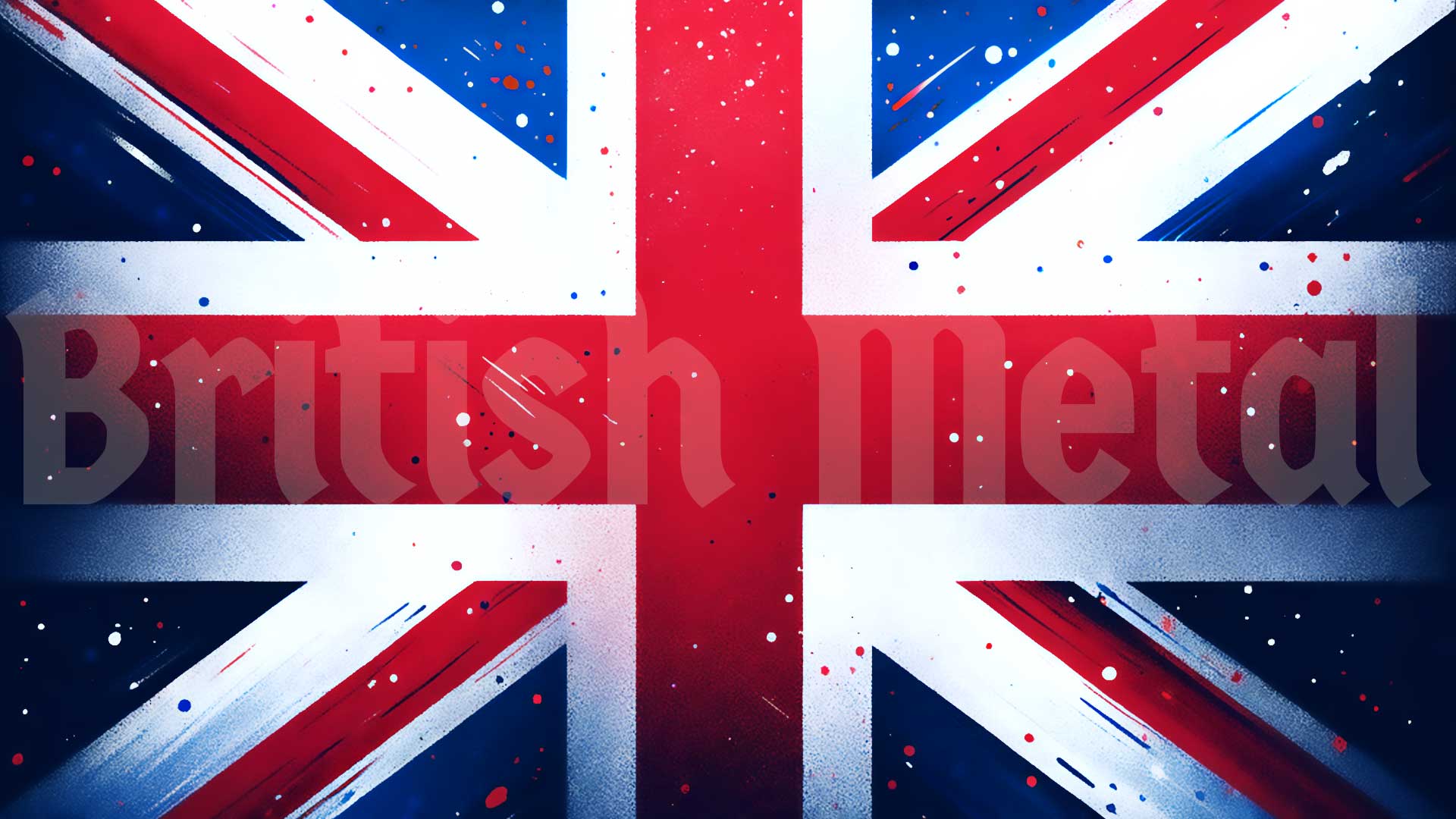

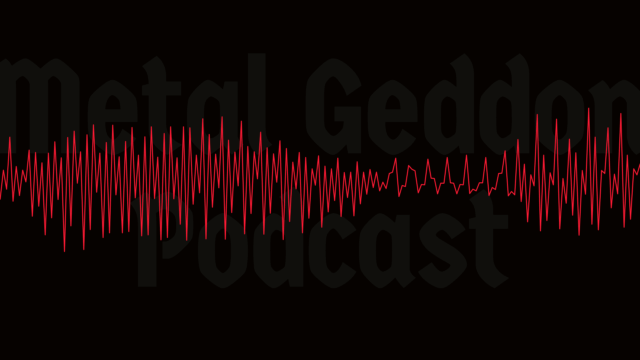
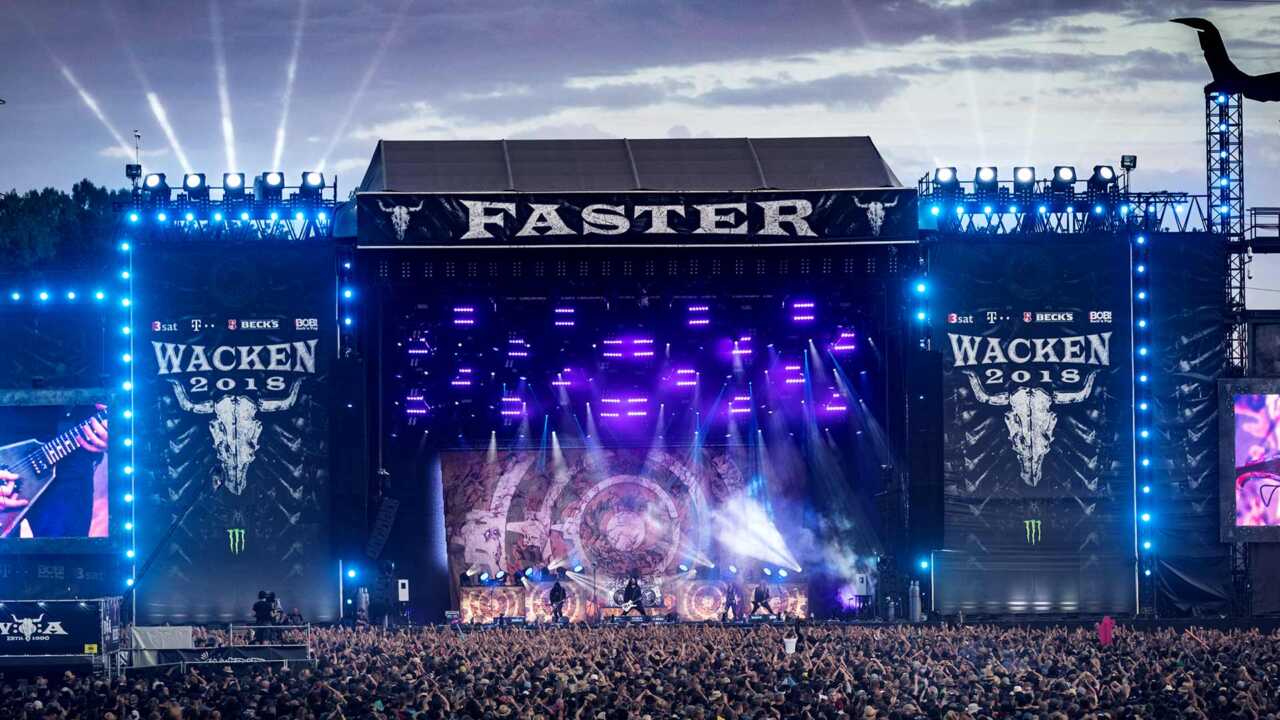





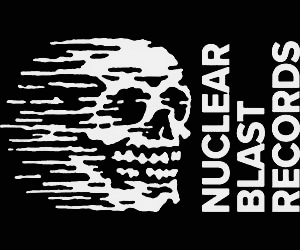

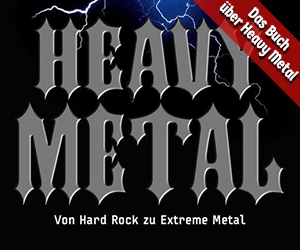

Add comment